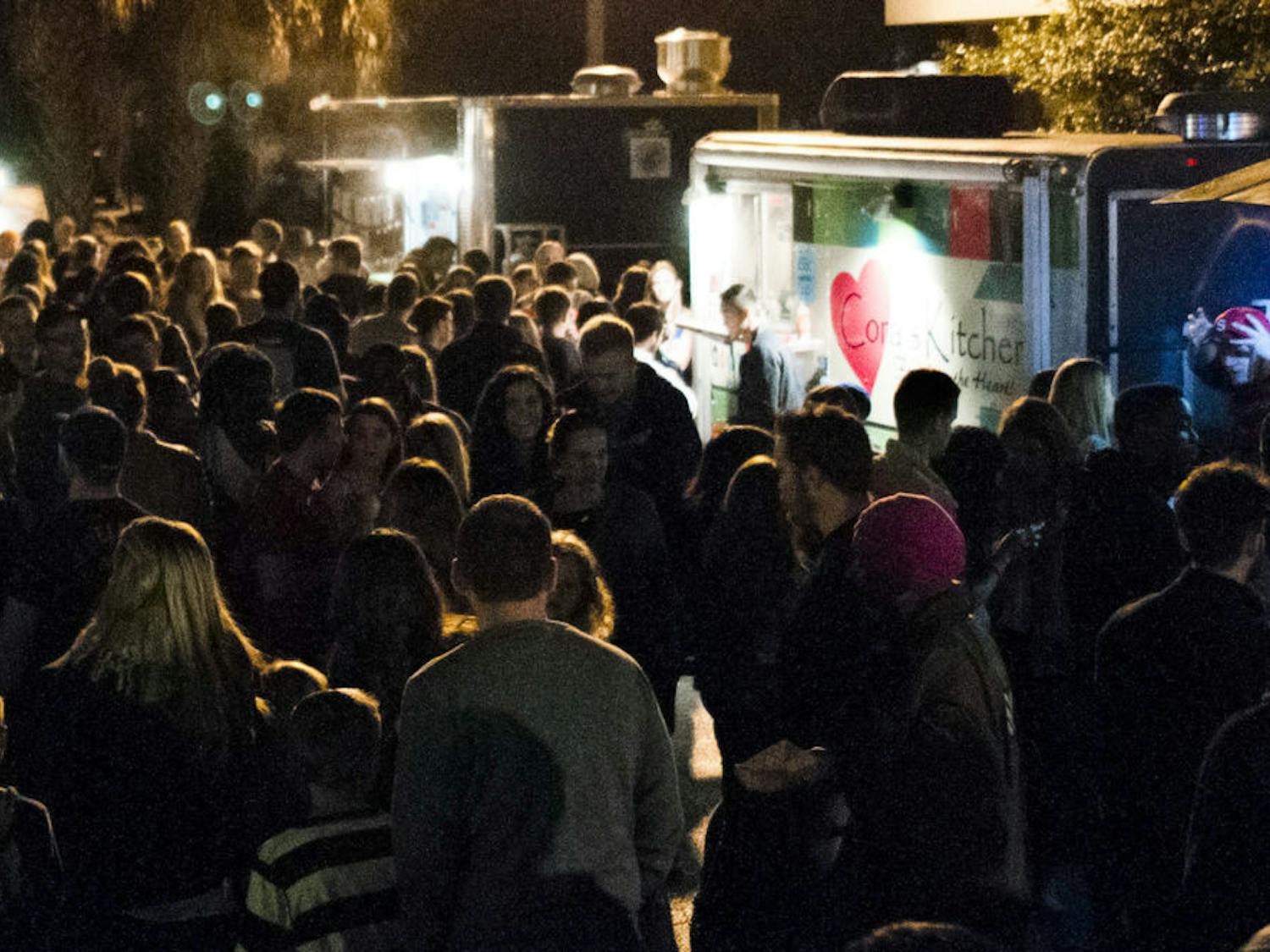A guide to Gainesville’s best hidden study spots for finals
By Cindy Lu | Nov. 30, 2016With finals right around the corner, study hotspots on campus quickly overflow with stressed-out students and red coffee cups. This exam season, skip waiting in line at the Marston Science Library Starbucks or wandering through Library West for a place to settle. Instead, check out some of Gainesville’s most aesthetically pleasing cafes for quality coffee and a fun study experience.




